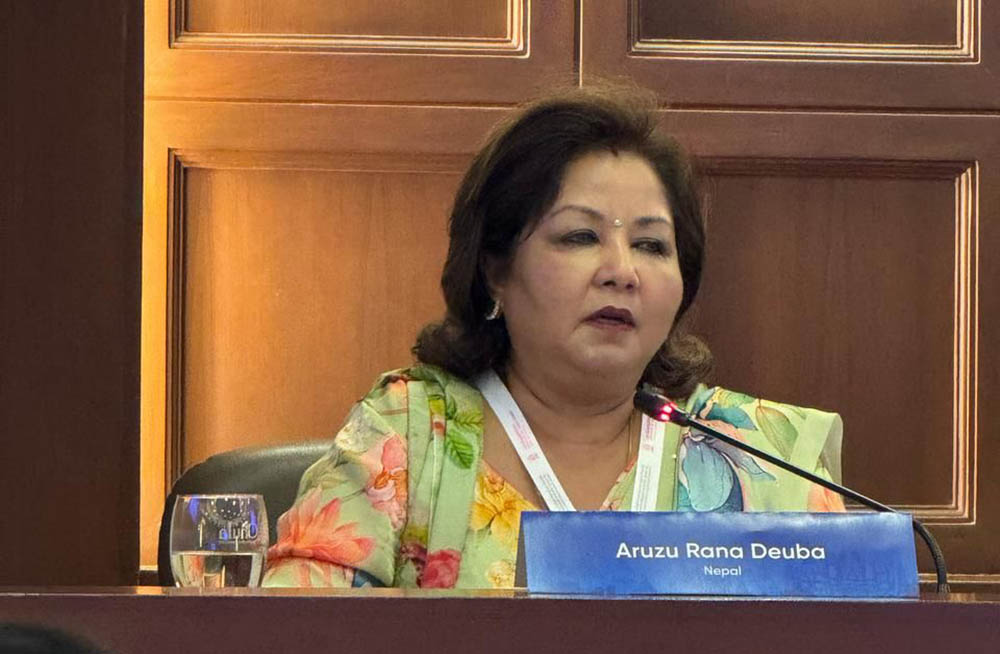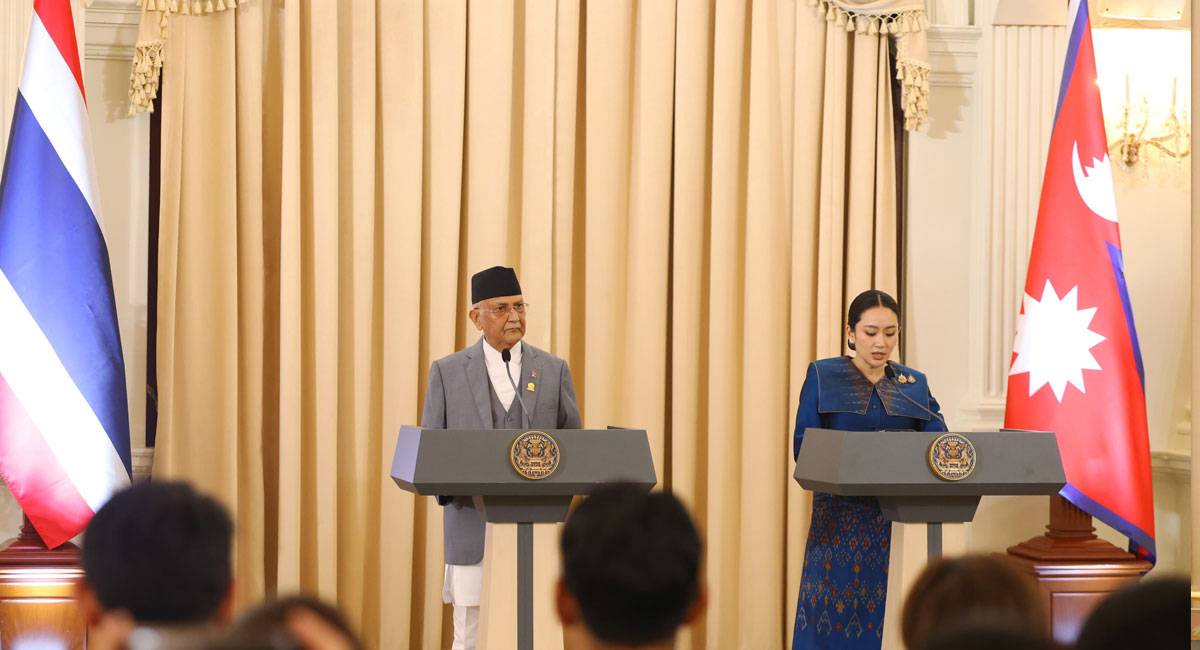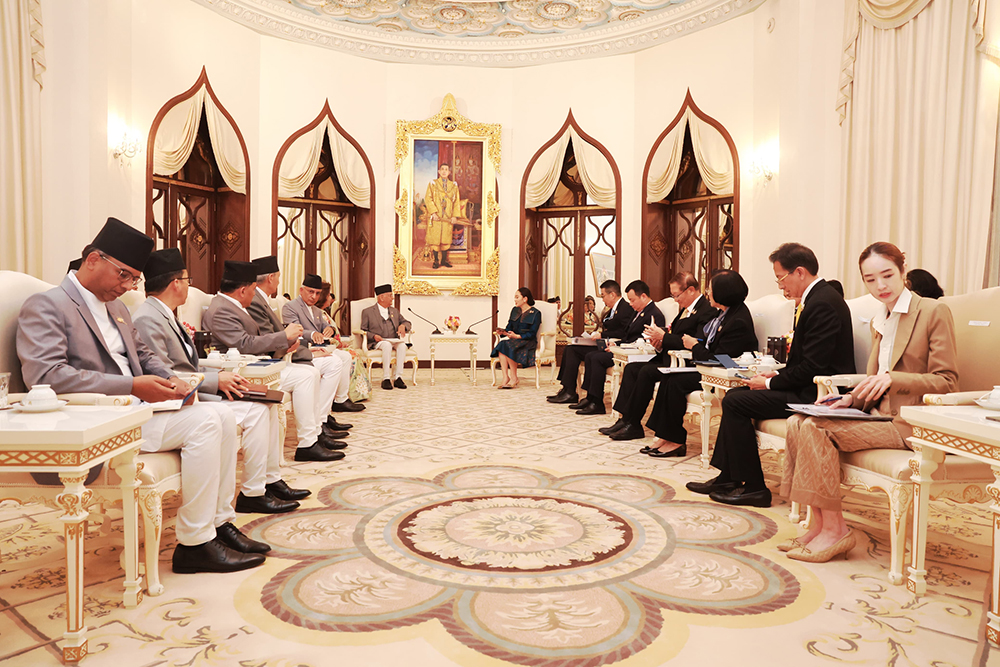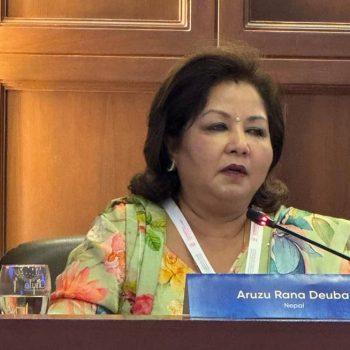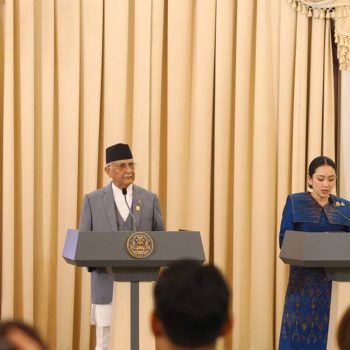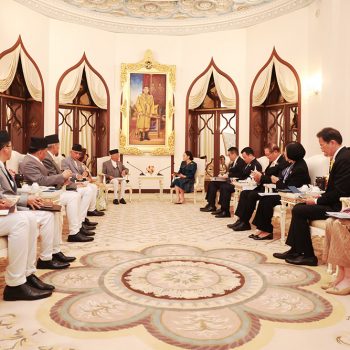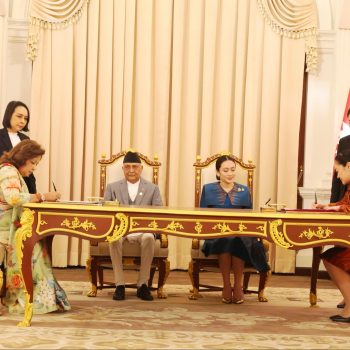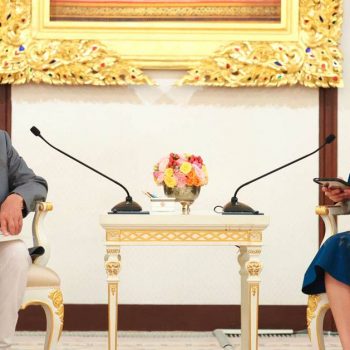Illegal OTT broadcasting in Nepal remains unsolved as department fails to take action
 NepalPress
NepalPress
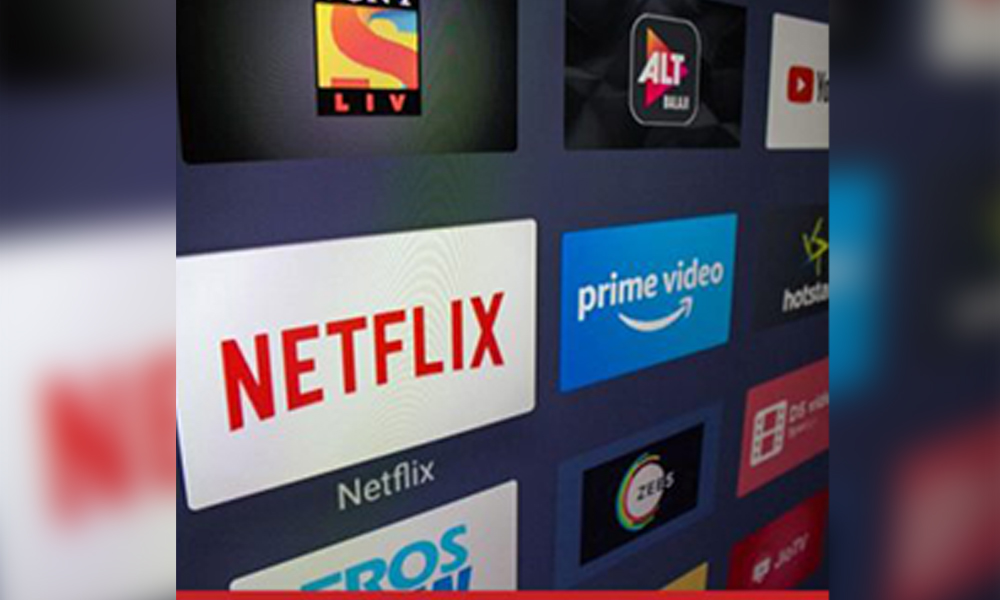
KATHMANDU: In Nepal, the National Broadcasting Act, 2049, and the National Broadcasting Rules, 2052 provide the legal framework for obtaining approval and licenses from government authorities to offer broadcasting services. According to these regulations, Nepali television channels, as well as foreign free-to-air and paid television channels, can only be broadcast if they possess a license from a broadcasting platform such as MSO, DTH, IPTV, MMDS, DTTB, or OTT, among others. These platforms further require a Digital Headend license as per the Radio Act, 2014, and its regulations from 2049.
Historically, the first broadcasting license in Nepal was issued in 2052, allowing the transmission of Nepali and foreign television channels. Notably, veteran Nepali actor Nir Shah acquired the broadcasting license for MMDS in 2057 under the name ‘Sanghirla Television,’ where broadcasting was conducted via radio frequency, and viewers required a set-top box to access the content. The broadcasting landscape evolved in 2066 B.S. with the introduction of the DTH system, which remains prevalent today. Unlike MMDS, DTH allows channels to be broadcast directly via satellite.
Government records indicate that in 2072, licenses were issued for broadcasting television channels in the UHF band using DTTB technology. In the same year, IPTV broadcasting licenses were also issued. All the digital broadcast systems mentioned above require a closed network, i.e., a set-top box, to function. This closed network setup, along with CAS and SMS, enables the tracking of the number of users.
NITV Streamz, a fully owned subsidiary of WorldLink Communications Ltd., obtained an IPTV broadcasting license in 2072. However, since 2074, NITV Streamz has been illegally broadcasting domestic and foreign free-to-air television channels, along with foreign OTT platforms like Netflix, Prime Video, SonyLiv, Hotstar, Hungama, Simaru, and Zee5, among others. Additionally, they offer Nepali and foreign movies on a pay-per-view model, with charges collected in advance.
OTT broadcasting operates differently from other digital systems; it doesn’t require a set-top box and uses an open network, making it easy to conceal the number of television customers and evade taxes. Presently, NITV Streamz’s NETTV, DishHome’s DishHomeGo, Vianet’s ViaTV, and Subisu’s Clear TV+ are some of the illegal OTT platforms operating freely in Nepal.
NETTV, the oldest among them, has been illegally operating OTT and Web TV for over seven years. Its parent company, WorldLink, has been broadcasting NETTV and NITV’s illegal OTT under the guise of internet services, deceiving consumers by collecting fees under “Internet Support and Maintenance.”
During a real-time monitoring and technical audit of NITV Streamz by foreign organizations like STAR, SONY, COLORS, and ZEE, who visited Nepal in May 2080 to prepare for the implementation of the A’ La Carte pricing system, it was discovered that more than 2.4 million people had downloaded the OTT platform. Further investigation revealed that NITV was illegally distributing IPTV and OTT signals to more than 78 ISPs. This has led these foreign organizations to question the feasibility of implementing the A’ La Carte pricing system in Nepal. Despite the illegal transmission of OTTs, the concerned authorities have failed to take meaningful action for monitoring and regulation.
In an interview with Nepal Press, DishHome was questioned about the legal status of their OTT platform, DishHomeGo. They responded that the Information and Broadcasting Department has not issued them an OTT license, despite DishHome having completed all the necessary steps for OTT licensing. Another company, MAX TV, reported similar issues, with its owner claiming that the department seems to favor certain companies broadcasting OTTs illegally. He expressed concern that if they were granted a license, these illegal broadcasters would be compelled to obtain licenses and pay the taxes they have long evaded.
The negligence of the Department of Broadcasting is not limited to regulating OTTs. They have also failed to address complaints from television broadcasters regarding the piracy of their channels. Notably, the Information and Broadcasting Department has installed a Content Monitoring System worth NPR 3 crore, which enables real-time monitoring of broadcasting platforms like MSO, DTH, MMDS, IPTV, and DTTB. Television broadcasters can also be monitored via CAS and SMS. However, experts claim that the department has not even issued a general notice to any service provider regarding illegal transmissions and signal piracy, let alone actual punishments.
Experts warn that the illegal OTT broadcasters are orchestrating a “nasty game” against legitimate television broadcasters who operate through set-top boxes and are now on the brink of obtaining OTT broadcasting rights alongside foreign pay-TV channels. One expert remarked, “This game is being played with a deliberate plan to broadcast pay-TV channels via OTT in Nepal, bundled with internet fees as a minimum guarantee. This will undoubtedly lead to the complete destruction of Nepali TV broadcasters, forcing them out of the market.”



